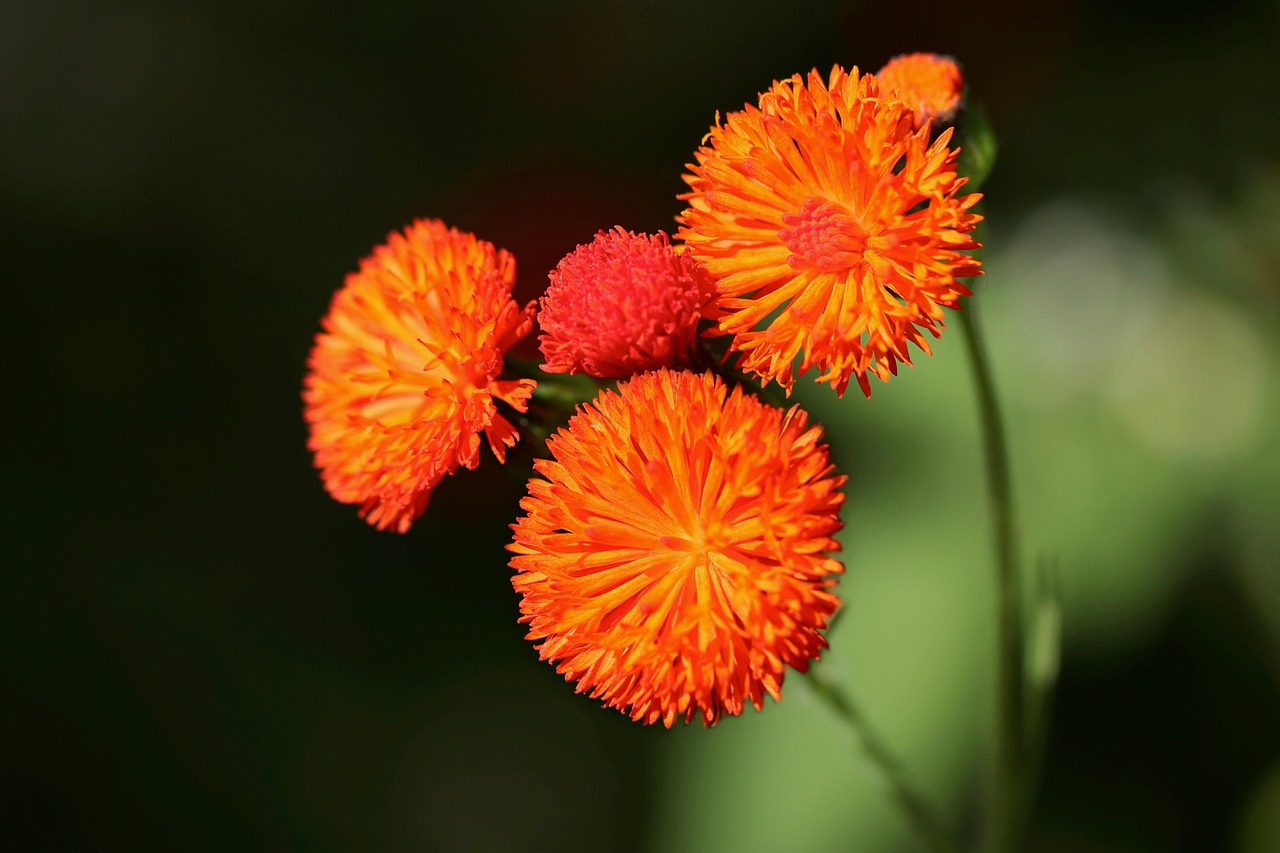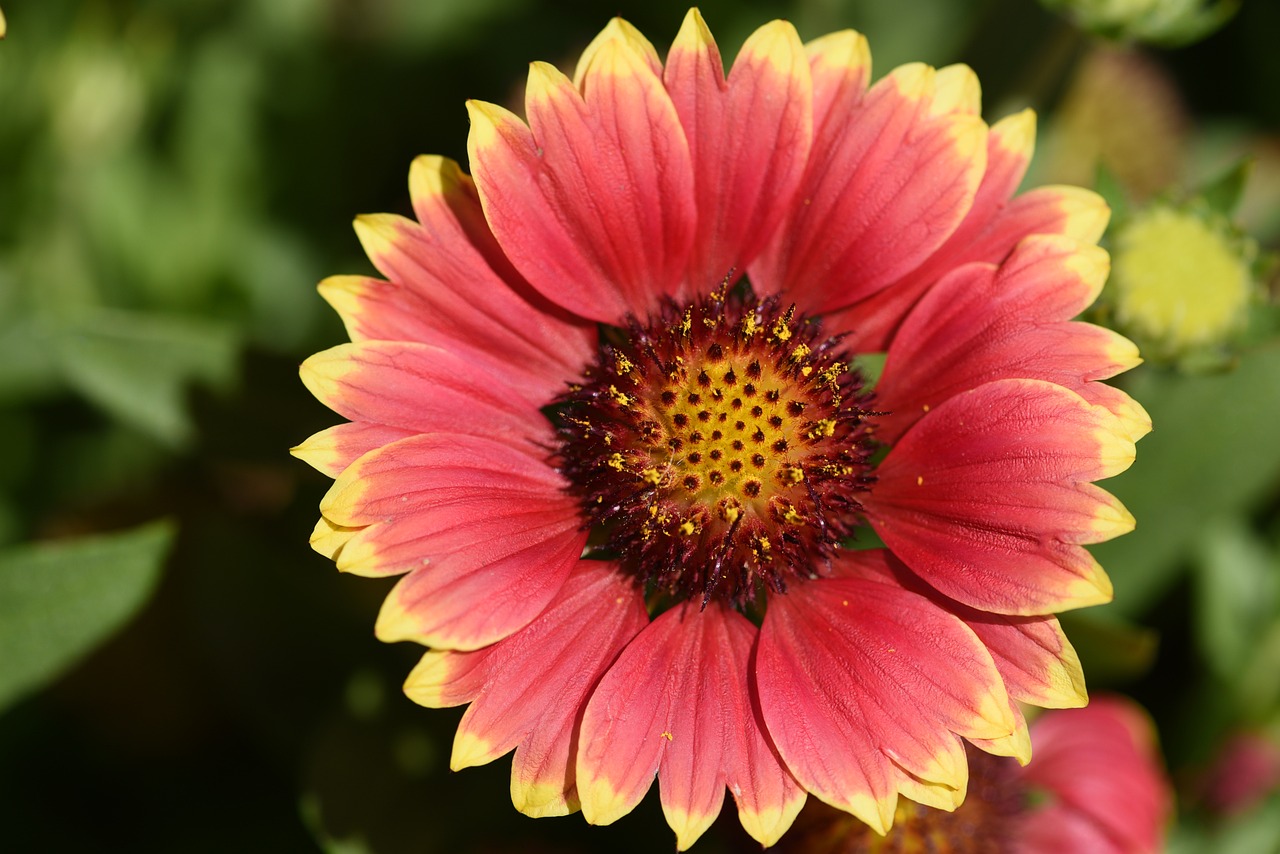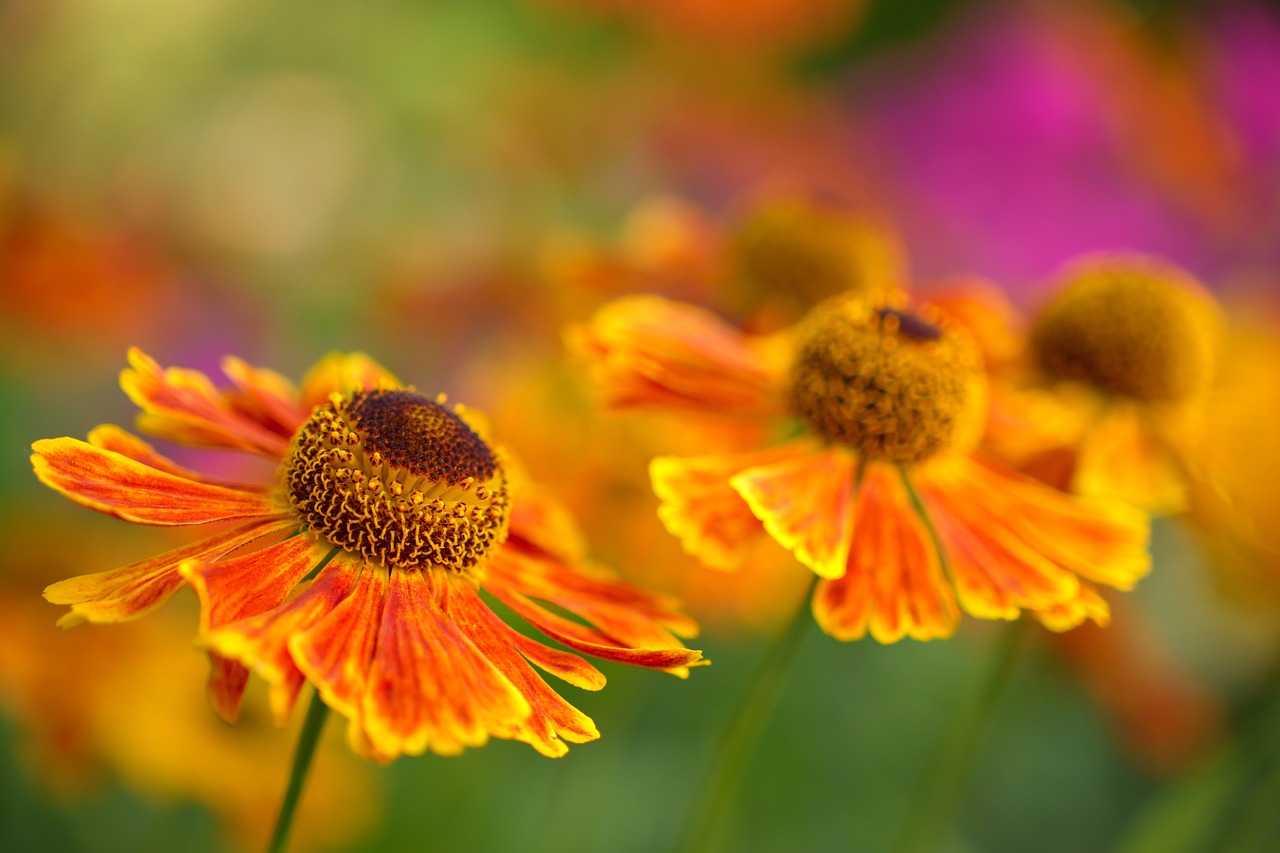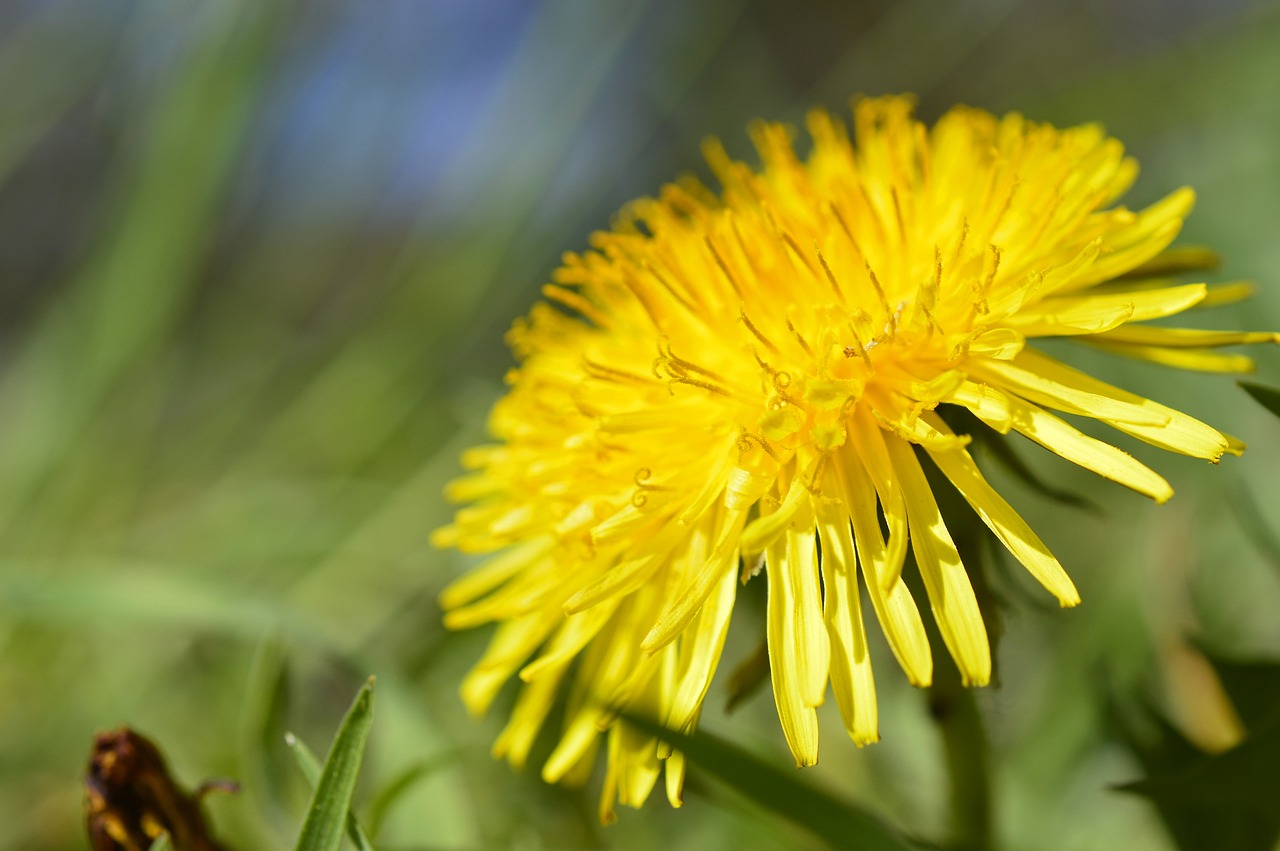Salsify | A Wildflower Scenting the Early Summer of Europe
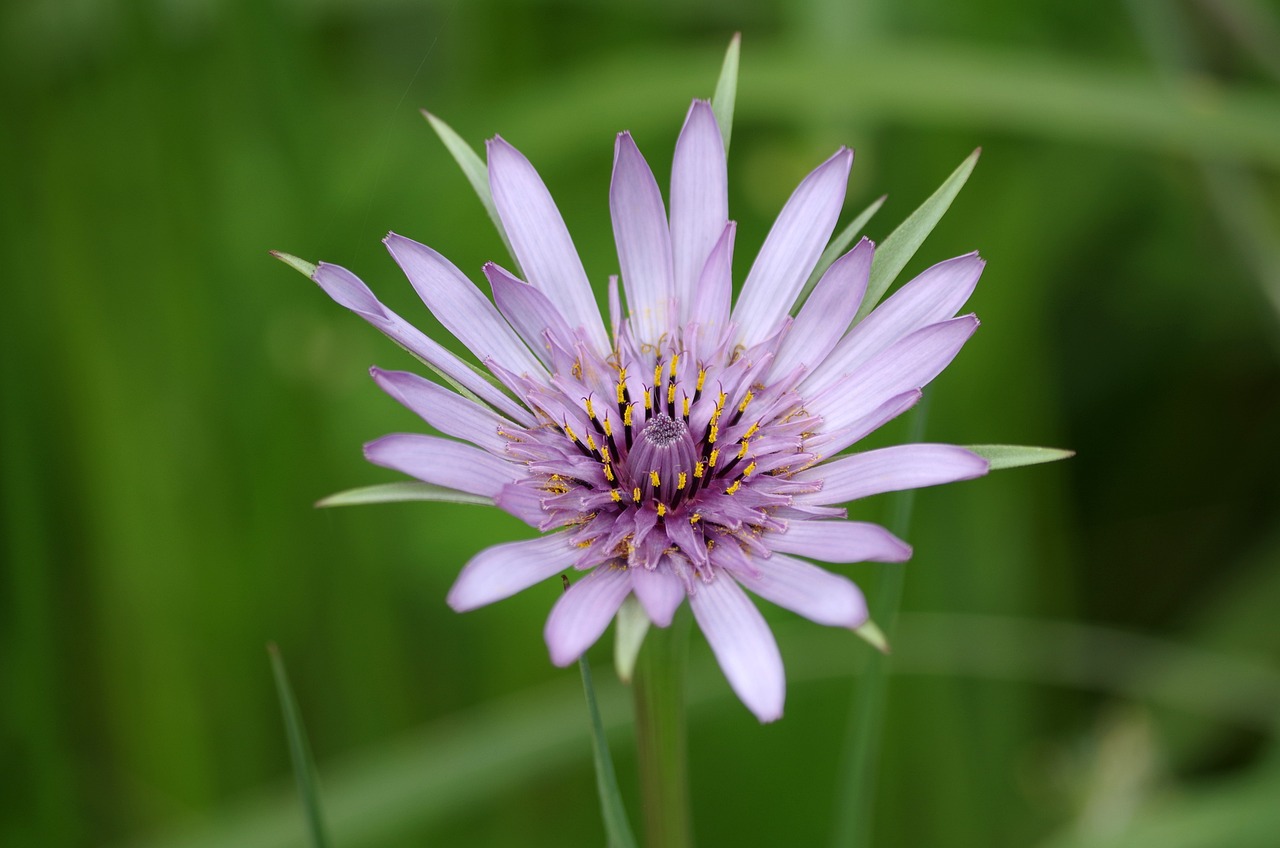
Salsify is a plant widely cultivated in Europe, known for its beautiful purple flowers and the distinctive flavor of its root. Although it is not very familiar in Japan, it is sometimes planted in gardens as an ornamental flower.
In this article, I will explain in detail the basic information about salsify, its cultural background, historical episodes, and tips for gardening.
Basic Information
- Scientific name: Tragopogon porrifolius
- Family: Asteraceae
- Origin: Mediterranean coast, Europe
- Appearance: Salsify produces slender leaves and bright purple flowers that resemble thistles. It blooms from summer to autumn and grows to a height of about 60–120 cm. Its wild yet charming look is one of its main features.
- Blooming season: From early summer to autumn (June–September)
Cultural Characteristics Around the World

Salsify is well known in Europe and is especially popular among gardening enthusiasts as an ornamental plant.
In the United Kingdom, it is often planted in gardens, where its purple flowers brighten early summer landscapes.
In France and Italy, it is cultivated as a traditional garden plant, and in some regions, wild salsify can still be found.
In North America, it has also gained popularity among certain gardening enthusiasts, who plant it to create naturalistic landscapes and backgrounds.
Today, within modern gardening culture, more people enjoy salsify as part of natural gardens and wildflower gardens.
Historical Episodes
Salsify has been known since ancient Greek and Roman times and has a long history.
In medieval Europe, it was widely cultivated—not only for ornamental purposes but also for decorating gardens and royal palaces, where its beautiful flowers were loved by the nobility.
It was also commonly seen in monastery gardens, where monks cultivated it both to appreciate its beauty and to deepen their knowledge of plants.
During the Renaissance, as botany developed, salsify began to appear in plant catalogues of the time and became well known throughout Europe.
Gardening Advice

Salsify is known as an easy-to-grow plant. It prefers sunny locations and well-drained soil. Sandy soil is particularly suitable, and care should be taken to avoid excess moisture.
When sown in spring, its beautiful flowers can be enjoyed from early summer to autumn.
Water generously during dry seasons, but be careful in poorly drained areas, as root rot may occur.
Staking helps prevent tall plants from being blown over by the wind. After flowering, seeds can be harvested and stored for the following year.
When planted as part of a natural garden, salsify harmonizes beautifully with other wildflowers and perennials, creating a natural atmosphere. It is an excellent choice for adding an accent to your garden or for creating a wildflower landscape.
Conclusion
Salsify, with its beautiful purple flowers and ease of cultivation, is a recommended plant even for beginner gardeners.
With its long history, this plant continues to bring a natural charm to gardens today. I encourage you to plant salsify in your garden or flowerbed and enjoy the seasonal colors it offers.

